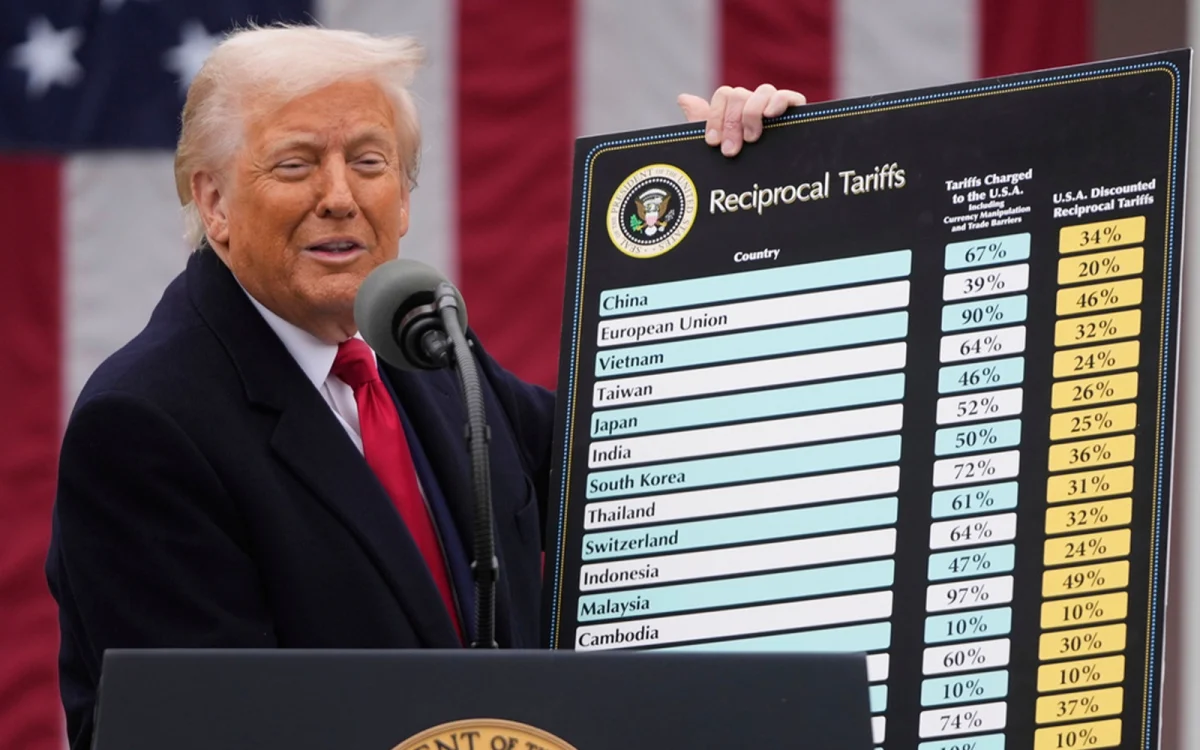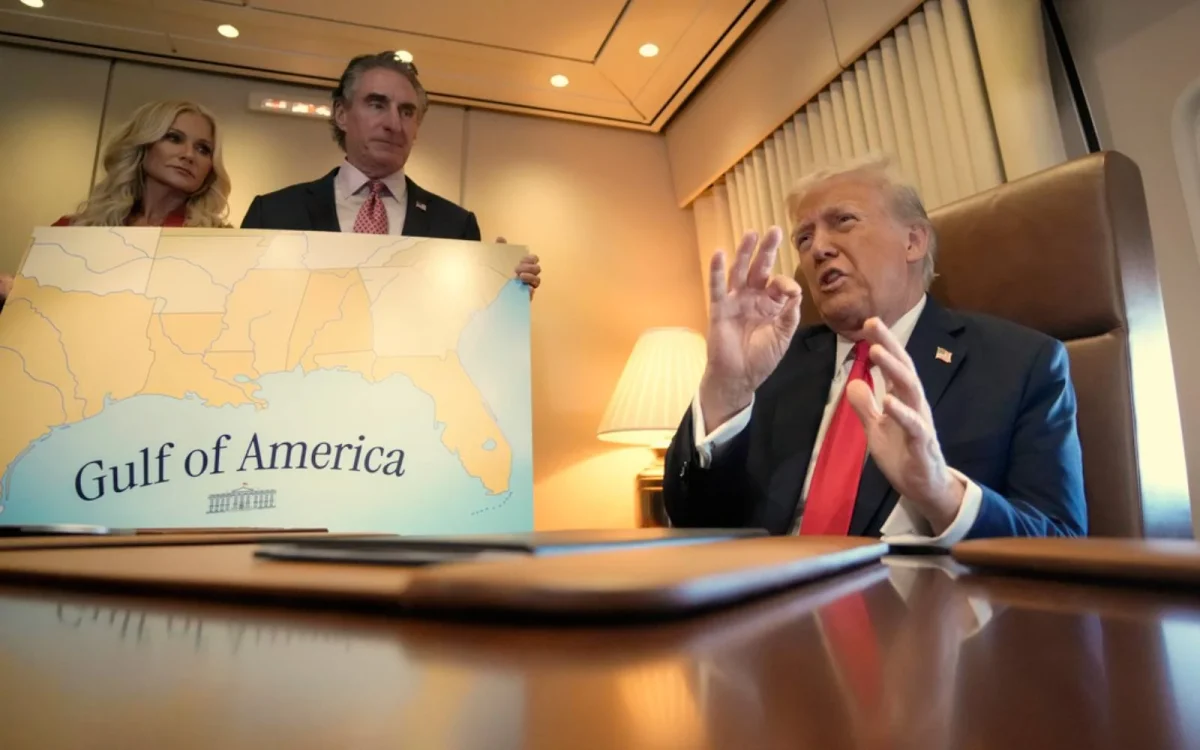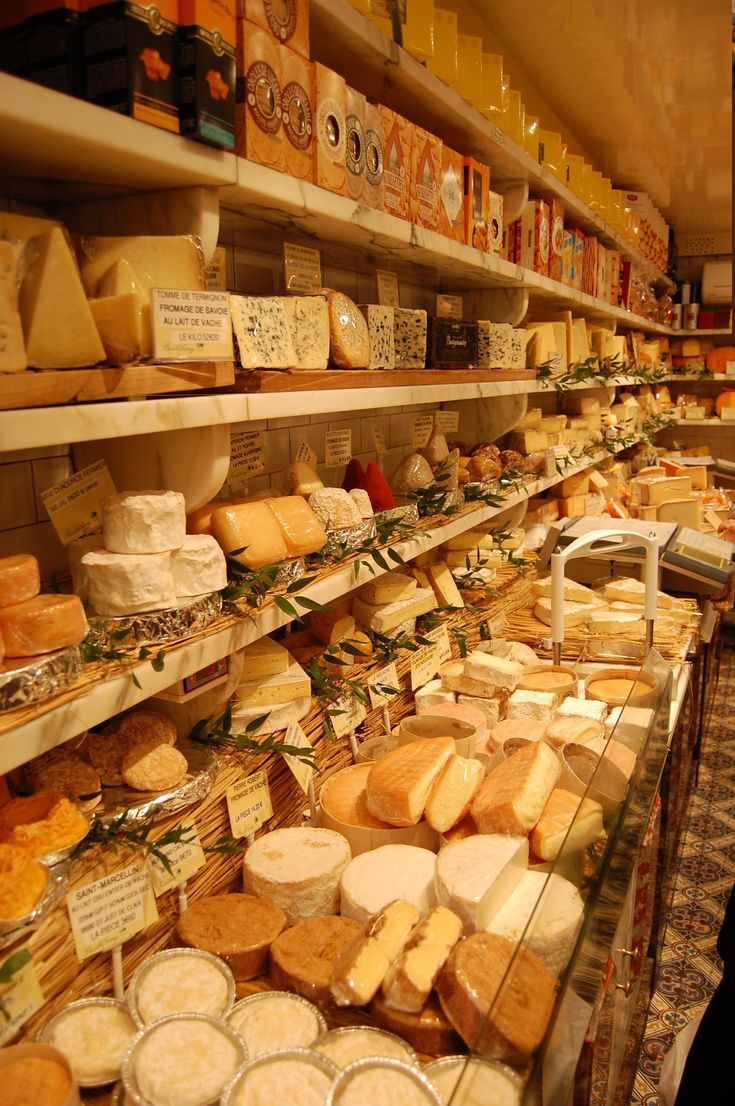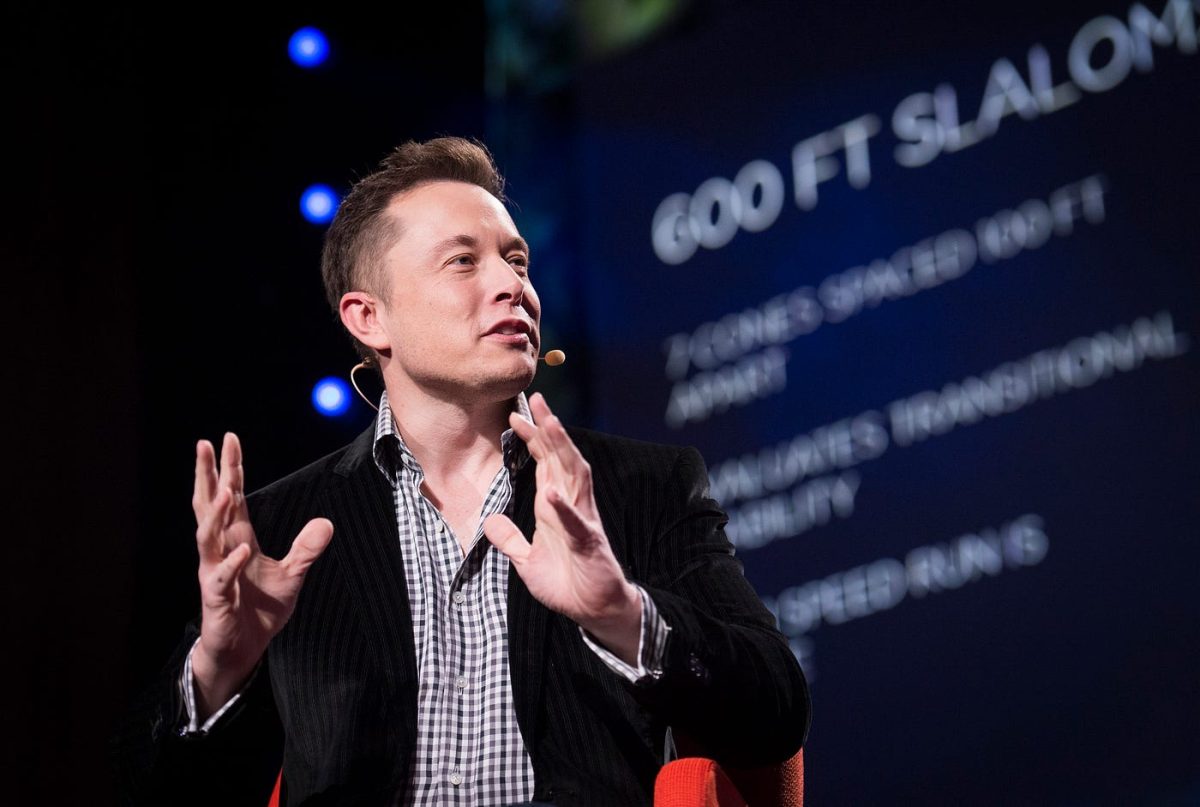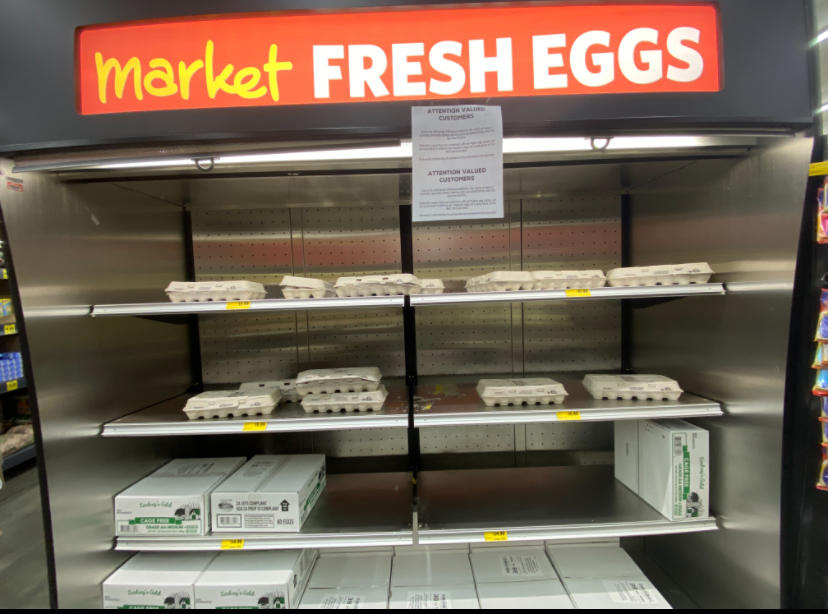“I will immediately begin the overhaul of our trade system to protect American workers and families. Instead of taxing our citizens to enrich other countries, we will tariff and tax foreign countries to enrich our citizens,” announced Donald Trump, the 45th and now 47th president of the United States, in his inaugural address; and he has indeed made good on his promises. With the International Emergency Economic Powers Act (IEEPA), the president is allowed to play a regulatory role in the economy if a national emergency is ongoing. Under this authority, the president has enacted three executive orders against foreign imports, followed by product-specific tolls– but how do these tariffs directly impact the American people?
The adoption of tariffs is not new for the Trump administration, as protectionist industry views are core to their policies. According to Fortune, the president referred to the North American Free Trade Agreement (NAFTA), an organization that made North America into a free trade zone, the worst trade deal the US ever signed. In Trump’s first term as president, he directed 30% tariffs toward technology like solar panels, as well as broader industries with a 25% toll on steel and a 10% toll on aluminium. While these tariffs applied to the vast majority of countries, the administration directed specific and heightened tariffs at China, on around $34 billion of Chinese goods to be exact. This marked the start of a trade war in which China clapped back with a promise of 60 billion dollar tariffs on American goods– a war that, according to Wall Street Journal reporter Dion Rabouin and economist Adam Posen, was considered a failure for both countries at the end of the first Trump administration. The president also targeted Argentine and Brazilian metals in 2019, with a later disproved claim that the two countries were altering their currencies to give themselves an edge in the world market. Trump backed down days after and the South American countries were added to the list of those who received exemptions from the tariffs. The World Trade Organization later listed Trump as having violated global trade regulations with his original steel and aluminum tariffs, as well as his claims that Hong Kong products are synonymous with those of China.
As Donald Trump has been reelected as president, he has rapidly enacted tariff policies once again. On March 19, the president exclaimed on X, “China will pay and other countries will pay. We’ve been ripped off by every country in the world, friend and foe.” On the first of February, the president increased tariffs on China by 10%, later increasing this to 20% ($430 billion in Chinese goods) and Americans are sure to feel their impact. A fair amount of the affected products are consumer goods used in everyday life: phones and other electronics especially. This may raise the price of Apple products directly, or the country could choose to shift operations to other countries or take the costs among themselves, but shareholders will still be affected significantly. Both Canada and Mexico are also facing tariffs from the Trump administration at around 25%. These tariffs, worth $253 billion and $236 billion respectively, will be even more harmful to American consumers. The majority of fresh produce imports come from Mexico, so goods like peppers, tomatoes, strawberries, tequila and other kinds of alcohol, as well as avocados are sure to rise in price. Canadian agriculture is also affected by the taxes, as the US imports around $40 billion in grains, canola oil, beef, and pork from the North American nation. Not only this, but oil, natural gas, and electricity from Canada are all facing a 10% tax that will hit drivers in the Northeast looking to fill up their gas tanks first, and then ripple out to the rest of the country.
Additionally, retaliatory tariffs are being leveled against the US in response to the Trump administration’s economic policies. Chinese tariffs target US agricultural exports and are set at 10-15%, starting at $13.9 billion dollars worth of goods. A second followed, comprising almost $20 billion worth of agricultural goods. According to the BBC, Chinese foreign ministry spokesman Lin Jian warned that, “If the United States… persists in waging a tariff war, a trade war, or any other kind of war, the Chinese side will fight them to the bitter end.” Canada is also targeting $20.8 billion in American exports (25%), and has another 25% tariff worth $10.9 billion in steel and aluminum in response to Trump’s Section 232 tariffs. The European Union announced retaliation of their own against Section 232: $28 billion of United States exports, targeting classic American products like blue jeans and bourbon. The president signed a memorandum on the 13th of February, referring to a plan that would increase US tariffs proportionally in response to those of other countries.
Donald Trump is confident in his vision, aiming to protect US manufacturing, strengthen the economy, and bolster production jobs in the country. He predicts an increase in tax revenue as well as a more even balance between American exports and imports. These costs are predicted to burn holes in the American public’s pockets, but the president assured the country via X, “We’re going to have the strongest economy in the history of the world.”

